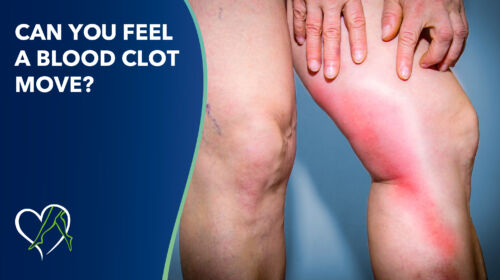
Can You Feel a Blood Clot Move?
The blog delves into the complexities of blood clot formation, their potential risks, and how they can go unnoticed. Highlighting conditions like deep vein thrombosis (DVT) and pulmonary embolism (PE), the blog stresses the importance of recognizing symptoms and seeking prompt medical attention for potentially life-threatening situations. Additionally, it emphasizes the connection between varicose veins and clotting risk, offering resources for diagnosis and management through Center for Vein Restoration, with vein clinics throughout the United States.
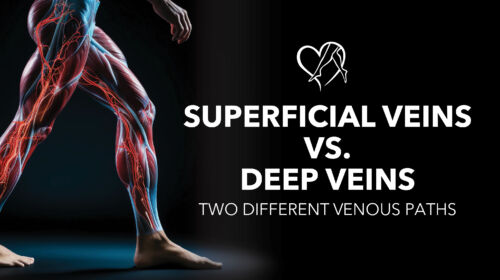
Superficial Veins vs. Deep Veins: Two Different Venous Paths
Explore the important differences between superficial veins and deep veins within the body's circulatory system. This blog post covers the crucial roles veins play in transporting deoxygenated blood, as well as potential complications like varicose veins and deep vein thrombosis that can arise from venous valve failure. Learn about treatment options available at Center for Vein Restoration to maintain optimal vein health and improve your overall quality of life.

Akira Toriyama, Blood Clots, and the Death of a Manga Artist Legend
In the blog about the tragic loss in Manga and understanding blood clots and how to stay safe, renowned Manga artist Akira Toriyama's sudden passing due to a brain clot serves as a poignant reminder of the dangers posed by blood clots. Learn the warning signs and risk factors for various types of blood clots, including those in the brain, legs, and lungs. Discover how Center for Vein Restoration offers accessible, same-day evaluations for deep vein thrombosis (DVT) and provides personalized care to mitigate the risk of clot-related complications, including varicose veins.
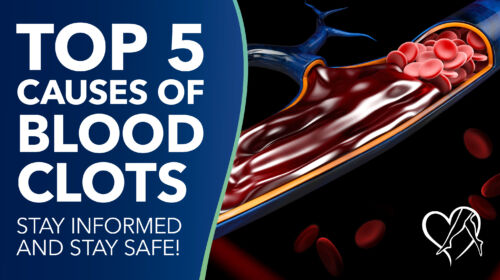
Top 5 Causes of Blood Clots: Stay Informed and Stay Safe!
Discover the risks and preventative measures against blood clots in this informative blog. Exploring the causes and symptoms of thrombosis, it emphasizes lifestyle changes and treatment options, including safe and effective procedures offered by Center for Vein Restoration, a trusted leader in vein health care. Stay informed and take active measures to care for your leg veins to reduce your risk.

Blood Clot in the Lung: What You Should Know
Discover everything you need to know about pulmonary embolism (PE) in this informative blog. From understanding its causes and symptoms to exploring diagnostic techniques and treatment options, this resource offers comprehensive insights for early detection and effective management. Trust the expertise of Center for Vein Restoration for comprehensive vein care and proactive management of venous health.

Hematoma vs. Blot Clot: What's the Difference?
Understanding the difference between a hematoma and a blood clot is important for your health. They both involve blood but have different causes and effects. This blog aims to give you the information you need to help you make good decisions about your health and know when to see a doctor.

What Happens if Thrombophlebitis is Left Untreated?
We encourage you to reach our vein specialist if you're experiencing symptoms of thrombophlebitis. Prioritize your health and take the necessary steps to protect your veins and well-being.

From Chris Bosh to Sarah Franklin: Athletes and Blood Clots
Elite athletes, despite their youth and peak physical health, face an elevated risk of blood clots due to factors like travel immobility, dehydration, injuries, and misinterpreted symptoms. In this blog, learn what lessons we can apply to our own lives from their experiences with blood clots, a potentially life-threatening medical problem.
 About Vein Disease
About Vein Disease
 Spider Veins
Spider Veins
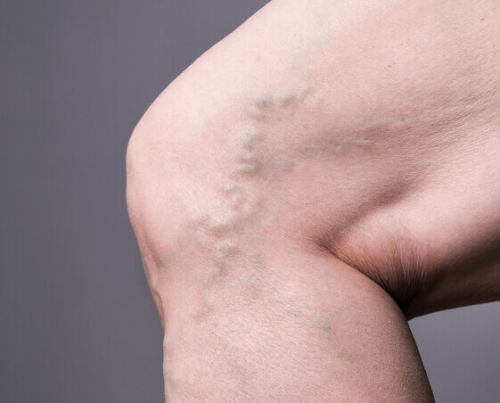 Varicose Veins
Varicose Veins
 Vein Disease Treatments
Vein Disease Treatments
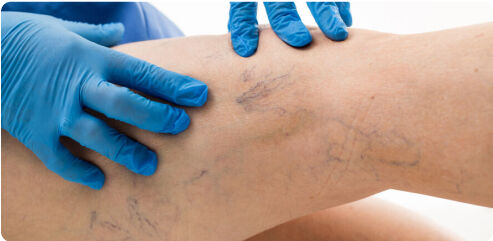 Treating Spider Veins
Treating Spider Veins
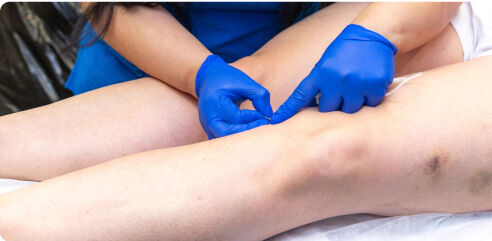 Treating Varicose Veins
Treating Varicose Veins
 About Us
About Us
 Patient Resources
Patient Resources
 Physician Resources
Physician Resources

